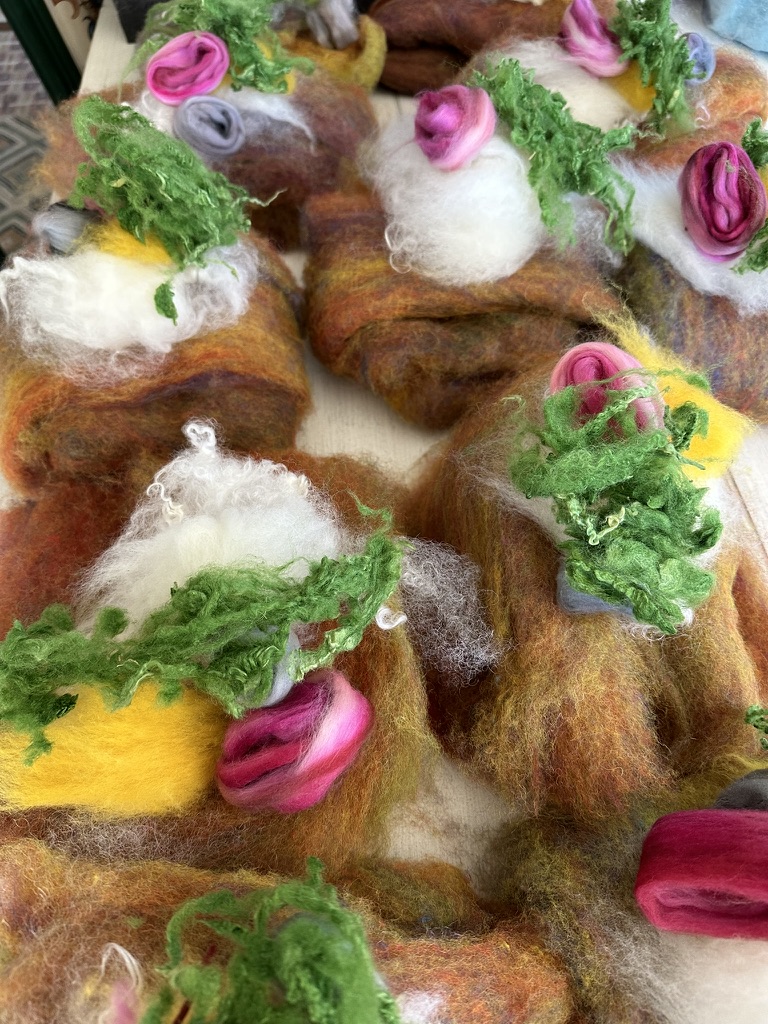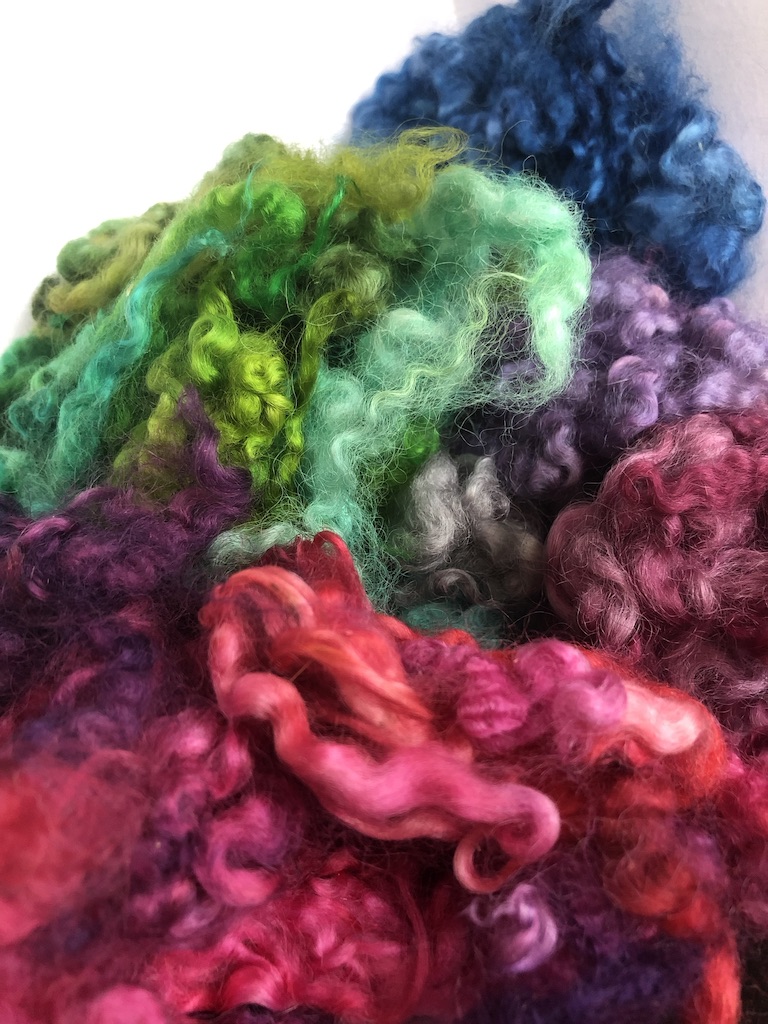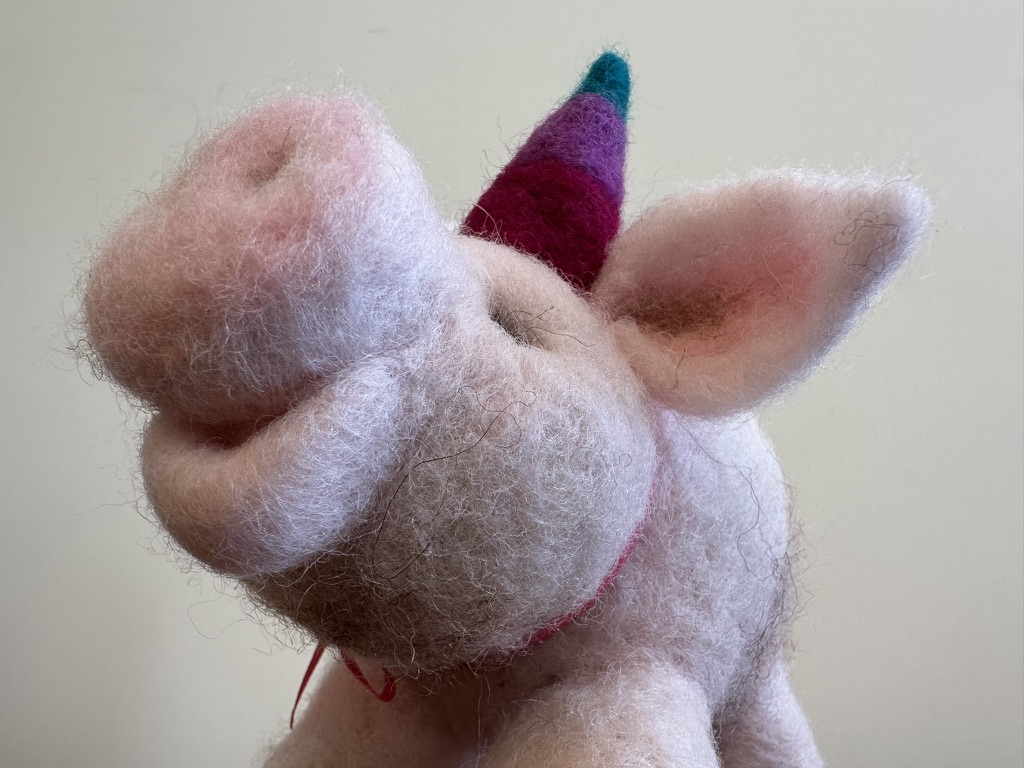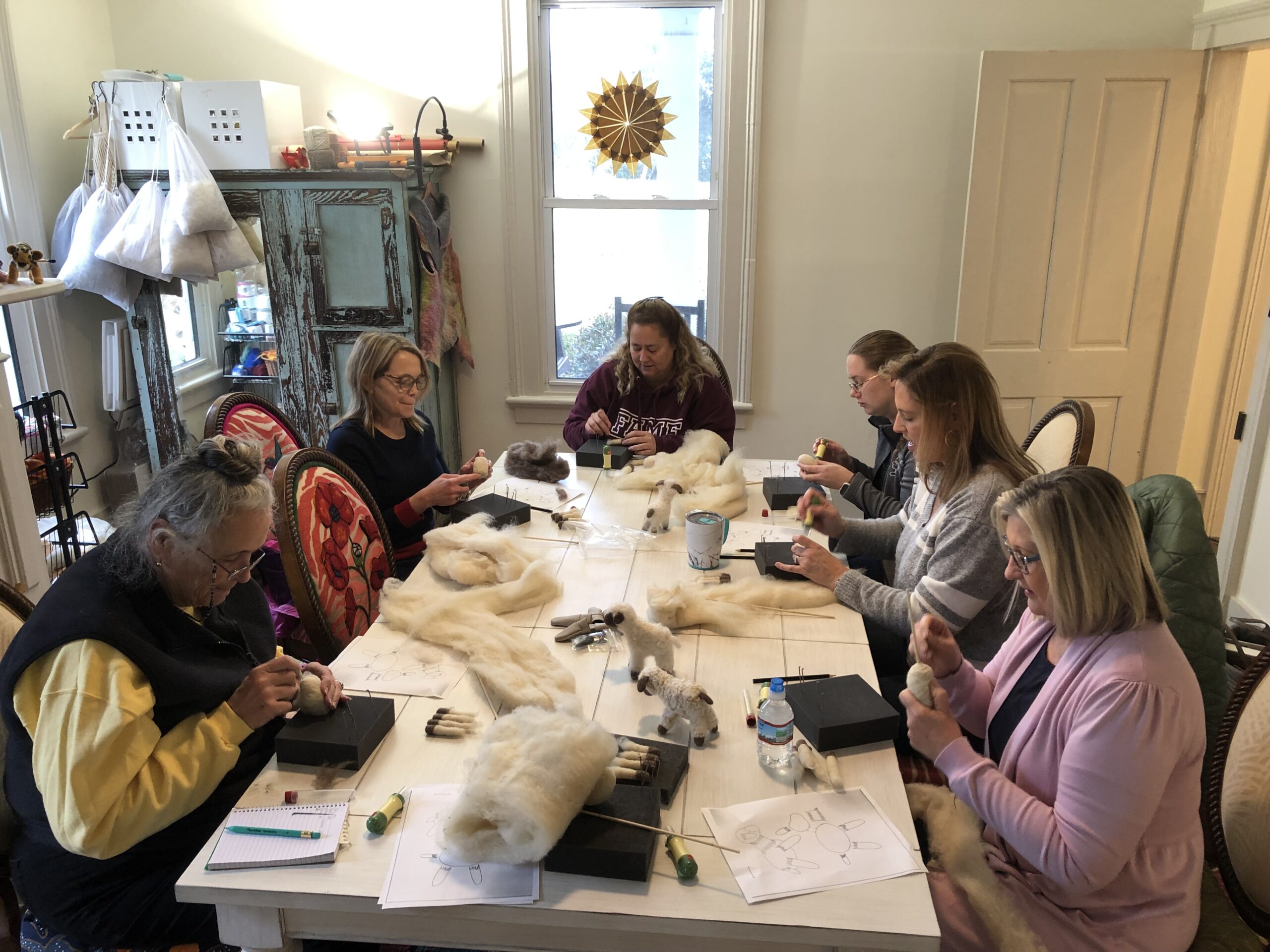Ah, the captivating world of needle felting, where fluffy wool turns into whimsical wonders with just a poke here and a prod there. It’s a creative journey that can take you to realms of imagination, but just like any adventure, it’s essential to pack your safety gear before you embark. Let’s delve into some health issues that might make you want to rethink your needle felting dreams, or at least take a few precautions.
1. Prickly Pains and Pokes
The act of poking wool with a felting needle is the heart and soul of this craft, but it’s not without its perils. Those needles are sharp – and your fingertips are, well, not armor. If you’re prone to accidents (aren’t we all?), you might find your fingers punctured more often than you’d like. But hey, nothing a band-aid and a touch of humor can’t fix!
2. The Dreaded Felt Fumes
Remember that cozy scent of wool? Well, needle felting might add an interesting twist to it. The process involves creating friction between wool fibers, and this friction can release tiny particles into the air – particles you might inadvertently inhale. While it’s not exactly like walking into a perfume store, some people might find themselves more sensitive to these airborne fluffs. So, if you’re already on a first-name basis with your inhaler, you might want to proceed with caution or in a well-ventilated space.
3. Hours of Hunching and Crafting Crunches
Picture this: you’re so engrossed in your needle felting masterpiece that you lose track of time. Your back starts resembling a question mark, and your posture could rival that of a Quasimodo impersonator. Yep, the creative zone isn’t known for promoting proper posture. Hours of hunching over your work can lead to strained necks, achy shoulders, and a back that will send Morse code messages in pain signals. Take regular breaks to stretch, roll your shoulders, and do a little happy dance – your spine will thank you.
4. Woolly Allergies and Sensitivities
Wool is cozy, warm, and fabulous for felting – unless you’re one of the unfortunate souls with wool allergies or sensitivities. If your skin goes into full-on rebellion mode at the mere touch of wool, you might find the joys of needle felting a bit compromised. Thankfully, there are alternatives like hypoallergenic fibers or wearing gloves while working. Just remember, you’re not alone – your sensitive skin has comrades in the struggle.
5. Creativity Overdrive: Sleep Deprived Edition
The creative bug bites, and you dive headfirst into needle felting. But wait, is that the sun peeking through your curtains? Turns out, creativity has no respect for bedtime. The allure of bringing your masterpiece to life might lead you into the magical land of sleep deprivation. While it’s awesome to be passionate about your craft, your body needs its beauty rest too. So, remember to set an alarm – not just for waking up, but for stepping away from the fluff and getting some shut-eye.
6. Hand Care: Navigating Arthritis Pain and Preventing Carpal Tunnel Syndrome
In the intricate dance of needle felting, your hands are the stars of the show, translating your creative vision into tangible art. However, if you’re grappling with arthritis, the choreography can sometimes be less than graceful. The very act of holding a felting needle and manipulating fibers might become a source of discomfort, and in more severe cases, it could lead to the dreaded carpal tunnel syndrome.
In the grand tapestry of life, needle felting is a thread that adds color, texture, and a touch of magic. However, just like any adventure, it’s crucial to approach it with care and awareness of potential health considerations. So, whether you’re dodging the pokes, ensuring proper ventilation, perfecting your posture, finding alternative fibers, setting a felting curfew, or keeping your hands nimble, remember that a little precaution can go a long way in ensuring your needle felting journey is safe, fun, and downright enjoyable.
In the captivating realm of needle felting, your hands are the bridge between your imagination and reality. By taking just a few extra steps, you can ensure that this bridge remains strong, steady, and pain-free. With the right tools, techniques, and a dash of self-care, you can transform your needle felting experience into a joyful symphony of creativity, one gentle poke at a time.
Here is how you can ensure your hands stay nimble and pain-free while indulging in the magic of needle felting:
Ergonomic Elegance: Invest in ergonomic tools designed to reduce strain on your hands and wrists. Felting needle holders with comfortable grips can provide better control while minimizing the pressure on your joints. These nifty gadgets can turn what used to be a chore into a comfortable and enjoyable experience.
Breaks for Brevity: Remember that even the most captivating creative pursuits require breaks. Frequent pauses during your felting sessions can prevent hand cramps and stiffness. Use these intervals to stretch your fingers and perform gentle hand exercises to maintain flexibility and ease tension.
Gentle Pressure, Glorious Results: When handling your felting needle, opt for a gentle grip rather than clenching it with excessive force. This not only helps alleviate strain on your joints but also encourages a more delicate touch that can lead to finer detailing in your creations.
Supportive Surfaces: Your choice of working surface matters too. Opt for a supportive work area that allows your wrists to rest comfortably and your hands to move freely. A foam pad or cushion can provide a cushioned surface that reduces the impact on your hands.
Warm-Up Rituals: Just as athletes warm up before a game, your hands can benefit from a gentle warm-up routine before delving into your felting projects. Rotate your wrists, flex your fingers, and perform circular motions to get your joints moving smoothly.
Mindful Creativity: Mindfulness isn’t just for meditation – it can apply to crafting too. Pay attention to your body’s signals. If you notice your hands starting to ache or cramp, take a step back, stretch, and assess your positioning. It’s easy to get carried away in the thrill of creation, but your hands will thank you for the awareness.






